The Lifestyle Box
1. “Hyotan” (Gourd)-shaped plate (1item)
The plate with the “Hyotan” motif expresses traditional Japanese culture. It is believed that “Hyotan” will be underwriting illness and disaster on your behalf.
The plate with the “Hyotan” motif expresses traditional Japanese culture. It is believed that “Hyotan” will be underwriting illness and disaster on your behalf.
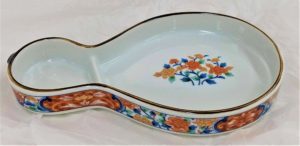
2. “Kikko-gara” (turtle shell pattern) Soup bowl with lid (1 item)
A soup bowl with a lid is one of the tableware for hospitality.
In Japan, turtles have been regarded as a symbol of longevity.
Therefore, the pattern of the turtle shell is a traditional Japanese auspicious pattern.
A soup bowl with a lid is one of the tableware for hospitality.
In Japan, turtles have been regarded as a symbol of longevity.
Therefore, the pattern of the turtle shell is a traditional Japanese auspicious pattern.
3. Nikko Yuba and Ariake seaweed soup (1P)
“Yuba” is one of the traditional processed soybean foods.
An elegant soup with a slightly “yuzu” (Japanese Citrus) flavor containing “yuba” and seaweed. Please spend a wonderful New Year with this soup!
“Yuba” is one of the traditional processed soybean foods.
An elegant soup with a slightly “yuzu” (Japanese Citrus) flavor containing “yuba” and seaweed. Please spend a wonderful New Year with this soup!
4. “Ushi” (Ox) ceramic figurine (1 item)
The zodiac of Japan in 2021 is “Ushi” (Ox).
It is a “Ushi” motif ornament of earthenware pottery.
The zodiac of Japan in 2021 is “Ushi” (Ox).
It is a “Ushi” motif ornament of earthenware pottery.
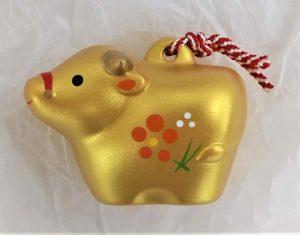
5. Lucky pattern cotton handkerchief (1 item)
It is nostalgic and lucky patterned “Tenugui” (Japanese style handkerchief). That lucky pattern is “Ushi” (“Eto” of 2021) and “Sho-Chiku-Bai” (Pine-Bamboo-Plum).
“Tenugui” can be used in various ways depending on the idea. It is made from 100% cotton.
It is nostalgic and lucky patterned “Tenugui” (Japanese style handkerchief). That lucky pattern is “Ushi” (“Eto” of 2021) and “Sho-Chiku-Bai” (Pine-Bamboo-Plum).
“Tenugui” can be used in various ways depending on the idea. It is made from 100% cotton.
6. Mino-yaki “Renkon” (Lotus root) pattern square small plate (1 item)
A small plate that is easy to use with a calm and natural color.
The meaning of “Renkon” (lotus root) is a hope for a future with good prospects.
A small plate that is easy to use with a calm and natural color.
The meaning of “Renkon” (lotus root) is a hope for a future with good prospects.
<Mino-yaki>
Originated from Gifu Prefecture, Mino-yaki (Mino ware) is Japan’s most popular pottery.
Its history is said to date back to 1300 years ago
Originated from Gifu Prefecture, Mino-yaki (Mino ware) is Japan’s most popular pottery.
Its history is said to date back to 1300 years ago
7. Shime-kazari (1Set)
“Shime-kazari” is a traditional lease made of straw that is displayed at the entrance on New Year’s Day.
Set it as the picture of the pamphlet and decorate it at your door!
“Shime-kazari” is a traditional lease made of straw that is displayed at the entrance on New Year’s Day.
Set it as the picture of the pamphlet and decorate it at your door!
8. “Kimono” pattern mask (each 1 item)
In Japan, it is famous to wear “Kimono” for traditional events.
Please wear this mask with the “kimono” pattern and enjoy the atmosphere of the Japanese New Year.
Made in Japan / 100% cotton /
In Japan, it is famous to wear “Kimono” for traditional events.
Please wear this mask with the “kimono” pattern and enjoy the atmosphere of the Japanese New Year.
Made in Japan / 100% cotton /
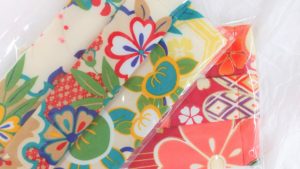
9. “Ushi” Pochi-bukuro Envelopes
made from Mino-Washi (each 1 item)
In Japan, pochi-bukuro envelopes are used for children’s New Year’s monetary gifts “Otoshi-dama” tips, and message card envelopes, and other congratulation purposes. ※Washi is made from Japanese traditional recipe.
made from Mino-Washi (each 1 item)
In Japan, pochi-bukuro envelopes are used for children’s New Year’s monetary gifts “Otoshi-dama” tips, and message card envelopes, and other congratulation purposes. ※Washi is made from Japanese traditional recipe.
10. “Acecook” Low-salt shrimp soba (1p)
Delicious low-salt instant soba. Please experience “Toshi-koshi soba” on the evening of December 31st!
Delicious low-salt instant soba. Please experience “Toshi-koshi soba” on the evening of December 31st!
11. Post card “Maneki Neko” (the Beckoning Cat) (1 item)
This postcard is a popular lucky symbol “Maneki Neko” (the Beckoning Cat). “Maneki Neko” means Good Luck & Wealth!
This postcard is a popular lucky symbol “Maneki Neko” (the Beckoning Cat). “Maneki Neko” means Good Luck & Wealth!
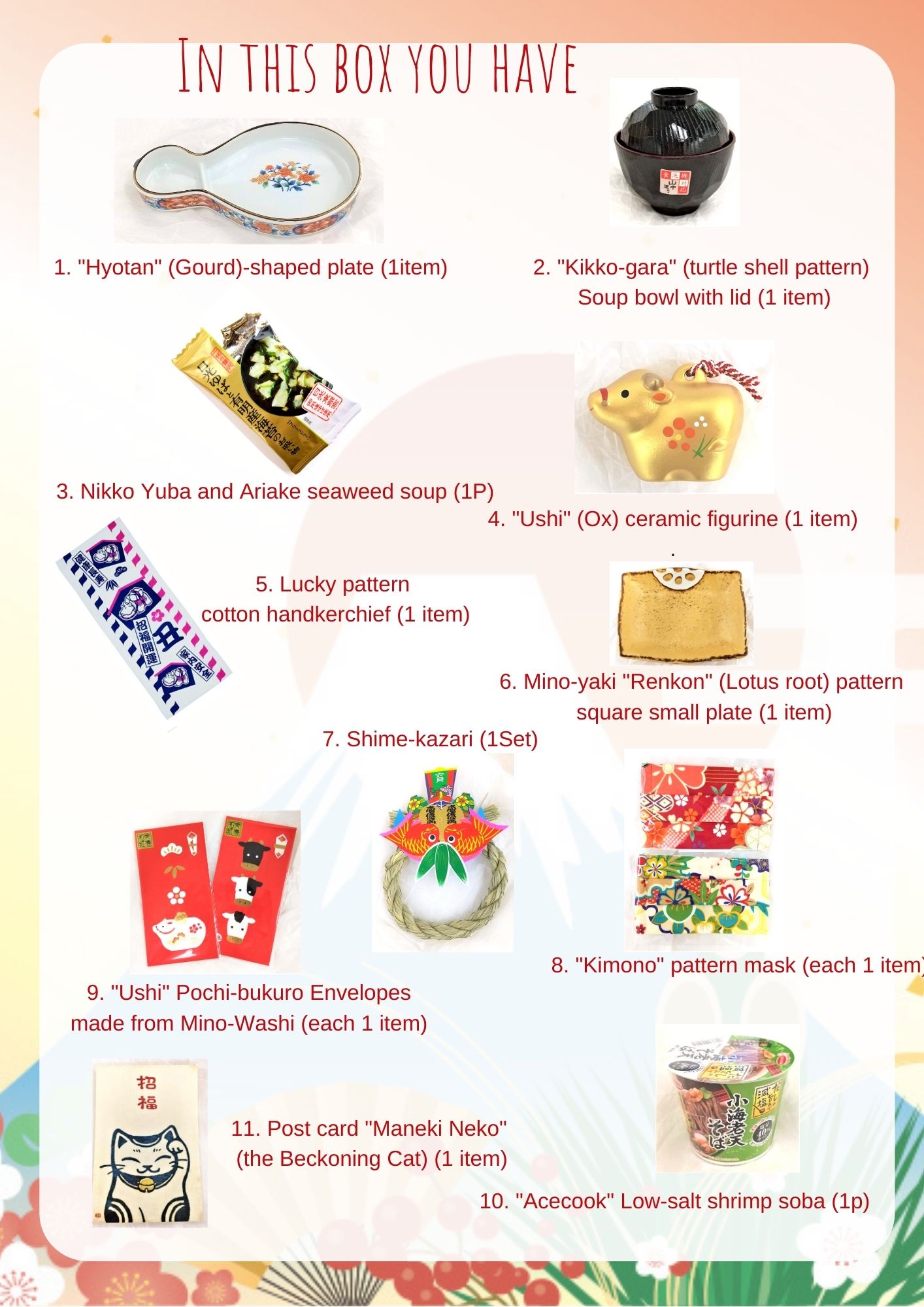
The Number of items: 11.
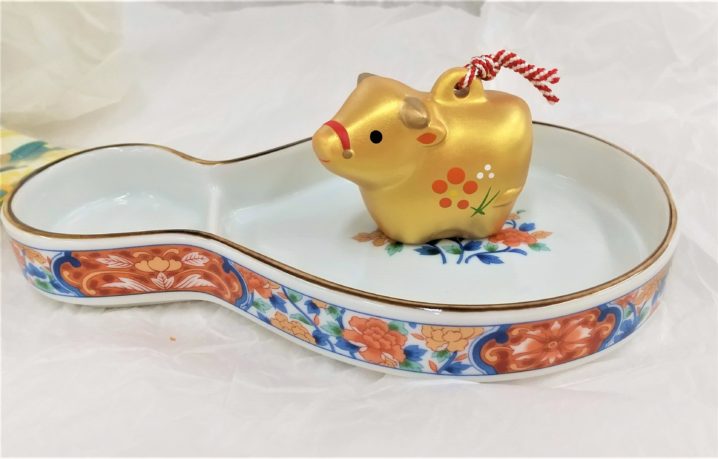
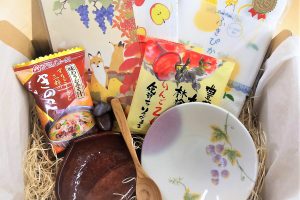

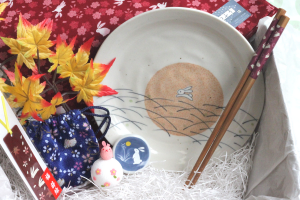
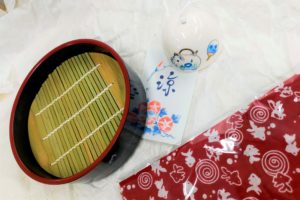
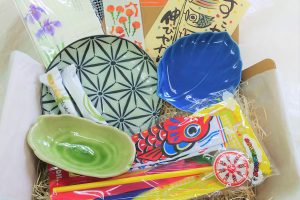

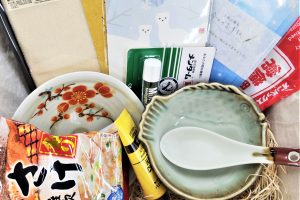

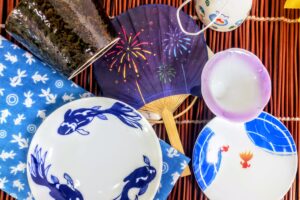

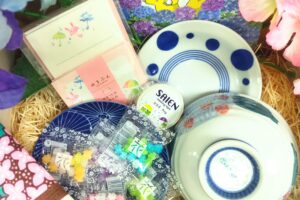
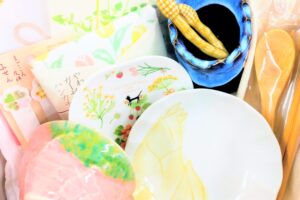
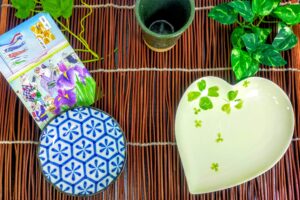
Recent Comments